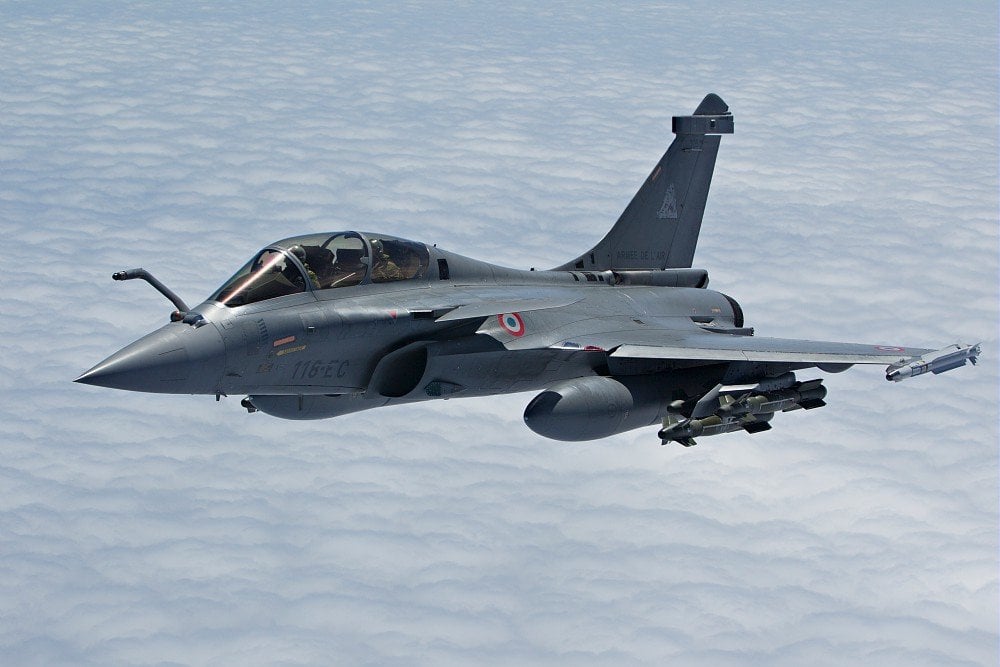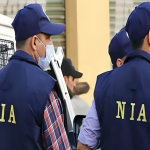A French aviation and defense expert has dismissed Pakistan’s claims of shooting down Indian Rafale fighter jets during recent military clashes, calling the assertions baseless and part of an ongoing information war between the two nations.
The controversy erupted following India’s Operation Sindoor, a series of strikes targeting terror camps in Pakistan and Pakistan-controlled Kashmir in retaliation for the April 22 terror attack in Pahalgam, Jammu and Kashmir. Pakistan claimed it had downed five Indian jets, including three Rafales, during the night of May 6-7, 2025. However, Xavier Tytelman, a noted French aviation expert cited by France24, refuted these claims, pointing to inconsistencies in the evidence Islamabad presented.
Tytelman analyzed images circulating online that supposedly showed debris from a downed Rafale in Wuyan, Kashmir. He clarified that the wreckage was actually an external fuel tank from a Mirage 2000, another French-made jet used by the Indian Air Force, and not a Rafale. The tank bore the marking “RPL” (réservoir pendular large), a designation unique to Mirage 2000s, with a manufacturing date of December 1984 confirming its origin. “This has no connection to the Rafale, which uses the RFL designation,” Tytelman explained, adding that such tanks are often jettisoned during missions and do not indicate a crash.
These expert findings align with wider skepticism regarding Pakistan’s claims. Neither Dassault Aviation, the Rafale’s manufacturer, nor the Indian government has officially acknowledged any losses. Pakistan’s statements, including those by Foreign Minister Ishaq Dar and Defense Minister Khawaja Muhammad Asif, have relied heavily on unverified images and videos, such as footage showing an unexploded Mica missile that could belong to either a Mirage 2000 or a Rafale.
The incident has sparked debate, with some accusing Western media, particularly in the U.S., of amplifying the narrative to undermine the Rafale’s reputation in the global arms market. An article in the Eurasian Times suggested that highlighting the alleged Rafale losses may be a strategic move to promote American fighter jets in India, which is currently negotiating several multi-billion-dollar aerospace deals.
Operation Sindoor marked India’s first strikes on Pakistani territory since the 1971 Bangladesh Liberation War, targeting nine terror sites linked to attacks like the 26/11 Mumbai attacks and the recent Pahalgam massacre. While widely praised in India for sending a strong message to terror groups, the operation has escalated tensions with Pakistan, causing civilian casualties due to retaliatory shelling in Jammu and Kashmir’s Poonch district.
Analysts say the Rafale controversy underscores the role of misinformation in modern conflicts. “This isn’t just about a piece of debris—it’s about who controls the narrative,” Tytelman observed, urging India to issue robust public rebuttals to counter false claims. As the fragile ceasefire between India and Pakistan continues, the incident highlights the challenge of discerning truth amid the fog of war.













